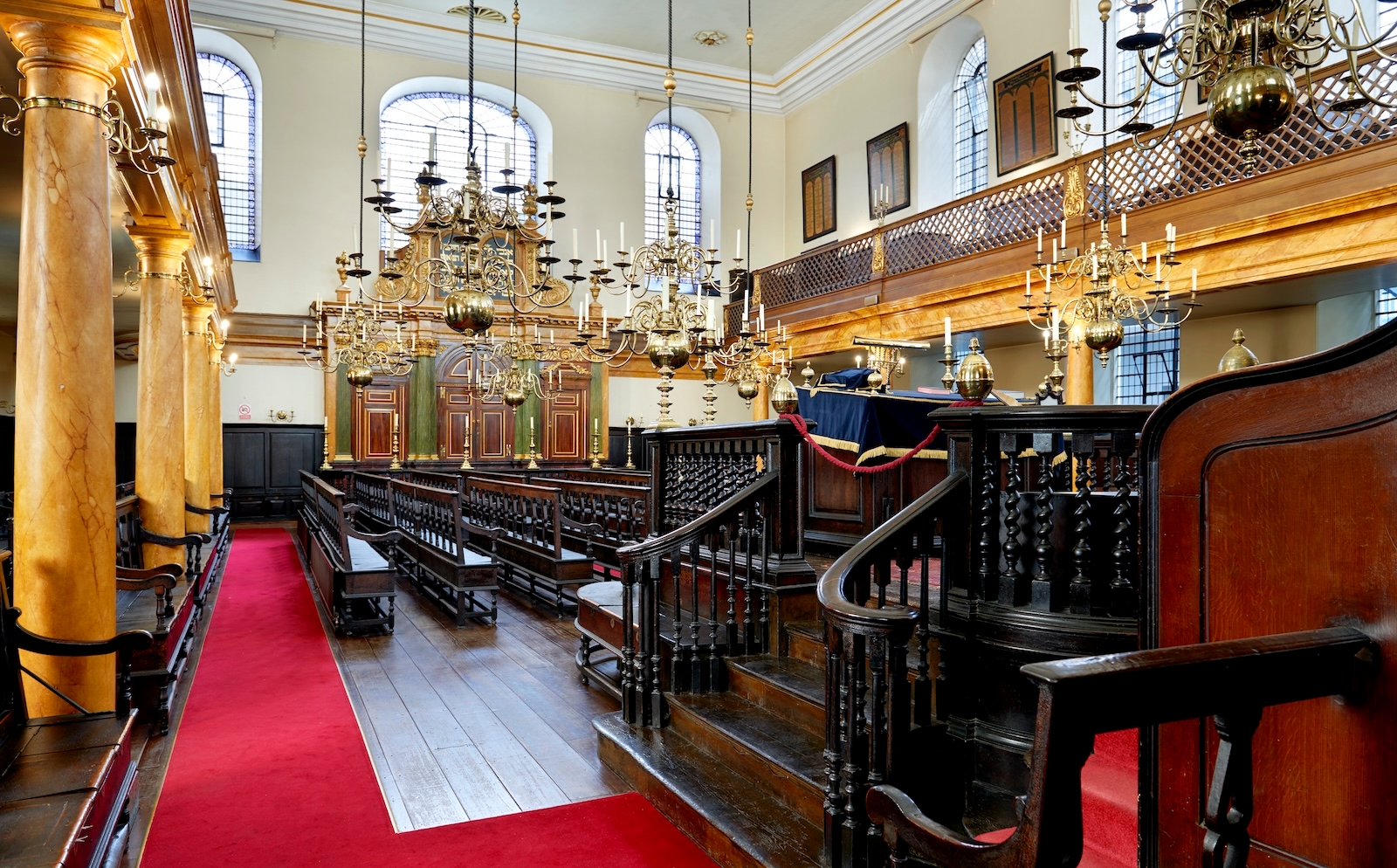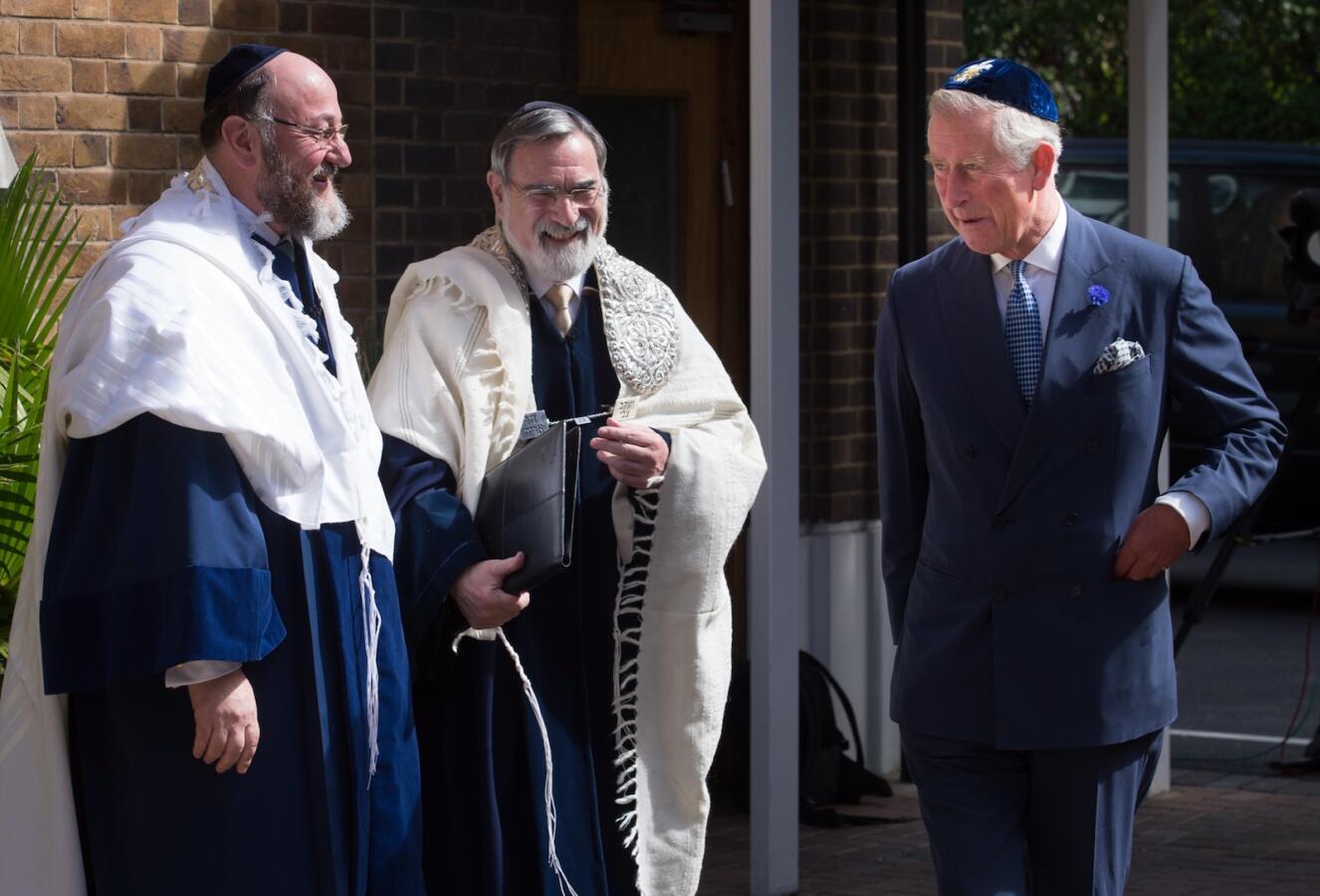The history of the Jewish community of England has been strikingly discordant: Home to some of the worst antisemitic incidents in European history, England has also been one of the most philo-semitic countries of modern times. While England’s Jewish community has always been comparatively small, it has in many ways had an outsized influence, perhaps best exemplified by the legacy of the former chief rabbi of the United Hebrew Congregations of the Commonwealth, Rabbi Lord Jonathan Sacks, one of the most famous and widely read Jewish theologians today.
Medieval Period: Arrival and Persecution
The Jewish community in England dates back to 1066, when the first Jewish residents were invited by William the Conqueror, who needed their help to finance the Norman Conquest. Over time, the Jewish community expanded, and although the largest number were based in London, significant communities grew up in Lincoln, Norwich and Cambridge, among other places.
Legally, the Jews of medieval England were considered the monarch’s property, and thus were often subject to financial pressure and other kinds of abuse. In the words of scholar and lawyer Anthony Julius, “The history of medieval English Jewry is thus in large measure the history of the persecution of medieval English Jewry.”
Most infamous among those persecutions was the medieval blood libel, which originated in England and falsely claimed that the Jews of Norwich killed a young Christian apprentice, William, in the 12th century. A Benedictine monk, Thomas of Monmouth, composed a hagiography of William in which he not only made the case for William’s sainthood but also charged the Jews with his death:
With your help, My Jewish Learning can provide endless opportunities for learning, connection and discovery.
In his reign the Jews of Norwich bought a Christian child before Easter, and tortured him after the same manner as our Lord was tortured; and on Long-Friday hanged him on a rood, in mockery of our Lord, and afterwards buried him. They supposed that it would be concealed, but our Lord showed that he was a holy martyr. And the monks took him, and buried him with high honour in the minster. And through our Lord he worketh wonderful and manifold miracles, and is called St. William.
This accusation set a precedent that has haunted world Jewry ever since. Many other false accusations and persecutions followed, in England — including, most notably, Gloucester (1168), Bury St Edmunds (1181), and Bristol (1183) — and elsewhere in Europe. Perhaps most notorious is the 1190 massacre in York that wiped out an entire Jewish community.
Read: A group of Jews massacred in Norwich over 800 years ago reveal a secret about Jewish genetics
The culmination of this sordid history was the Edict of Expulsion, promulgated by King Edward I in 1290, which banished all Jews from England for the next 350 years.
Early Modern Shifts: Return and Establishment
The English Civil War in the 17th century sparked a revolution in England’s political, legal, religious and economic situation. It was in this period of rapid change that a petition campaign resulted in the Jews being unofficially and informally welcomed back to the country by Oliver Cromwell.
The Jews who returned to England in the 17th century were primarily Sephardi. The first modern congregation in England, founded in 1657, was the Spanish and Portuguese Congregation of London, which built the Bevis Marks Synagogue in 1701. Still open today, Bevis Marks is Europe’s oldest synagogue in continuous use. The community’s most notable leader was David Nieto (1654-1728), the author of multiple treatises, an expert in chronology, and the first person to publicly fix the time for the start of Shabbat for the latitude of England. His most famous work, Matteh Dan veKuzari Helek Sheni, published in 1714, is a defense of the oral law modeled on Yehuda Halevi’s famous medieval Kuzari.

In the 18th century, Jews became an increasingly important part of English economic and cultural life, although like other non-Anglican communities, they were not allowed to serve in government until the mid-19th century, when David Salomons and Lionel de Rothschild became members of the House of Commons. By the end of the 19th century, with the arrival of an estimated 200,000 Eastern European Jews between 1870 and 1920, the Sephardi pioneers had been dwarfed by their Ashkenazi brethren. This period also saw the rise of certain prominent Jewish families, including the Rothschilds, who for a large part of the 19th century owned the world’s largest bank.
The Modern Period: Widespread Acceptance
The growth and flourishing of Anglo-Jewry in the 19th and 20th centuries resulted in increased assimilation on the one hand, as well as centralization and communal consolidation on the other. For example, although born and raised as a Jew, the popular Tory prime minister Benjamin Disraeli (1804–1881) was famously converted into the Church of England at the age of 12 by his father, following an argument with their synagogue. In 1870, the British parliament established the United Synagogue as the official representative body of British Jewry, which was to be headed by the chief rabbi of the United Hebrew Congregations of the British Empire. (Empire was subsequently changed to commonwealth.)
Perhaps the most widely read book produced by British Jewry in the 20th century was the famous Hertz Chumash, one of the most popular English-language editions of the Torah, still used in synagogues the world over. Joseph Hertz was a biblical scholar and the chief rabbi of the United Kingdom for over 30 years. His edition of the Torah is especially notable for citing both traditional commentators and modern scholarship, as well as for taking a stand against source criticism of the Hebrew Bible, a vein of scholarship that seeks to separate different authorial voices in the biblical text.
Today, the Jewish community in England is the fifth-largest in the world. According to a 2021 census, just over a quarter-million Jews live in England and Wales, mostly concentrated in London. Jews in England are relatively well integrated into English life. Perhaps most emblematic of this is Chief Rabbi Sir Ephraim Mirvis’ invitation to stay as a guest of the royal family at St. James Palace on the occasion of the 2023 coronation of King Charles III, which took place on Shabbat. This allowed Mirvis to participate in the ceremony without violating the Shabbat prohibition on travel.



